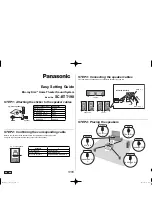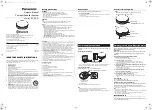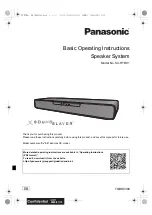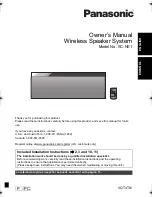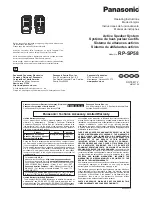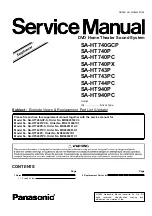
Arming While a Door or Window is Open
6
Your installer will work with you to decide which door(s)
should be delay door(s), and determine the delay times
that will work best for you and your family. Then, the
installer will program the Exit and Entry Delay times into
your system.
Extended Delay
In some situations, additional time is needed
to arm or disarm the system from, for exam-
ple, a protected outside gate or door. In these
instances, the installer can program an
extended delay, giving as much as 16 minutes
to exit or disarm the system before setting off
an alarm.
Refer to the Appendix A User Sheets, “Delay Doors and
Delay Time Settings,” for a list of actual exit delay times.
Exit Extension
Ìi
In UL Listed systems, this feature is disabled.
Your system may be set up so that the exit delay time is
restarted if you reopen the delay door during the initial
exit delay time.
This is useful if, after arming the system, you walk out the
door, then remember something you forgot inside. You can
reenter and exit through the delay door without disarming
and rearming the system.
Ìi
The Exit Extension will work on the first re-entry only.
If your system is not using this feature, you must disarm
the system when you reenter the armed premises to avoid
setting off an alarm.
No Delay—For Instant Alarm
You can choose to turn off the Entry and Exit
Delays, causing the delay doors to arm imme-
diately. Anyone entering the house through the
delay door when the system is set to No Delay
would immediately cause an alarm.
No Delay is normally used:
When you’re staying at home, after you’ve armed the
system.
When you’re arming and disarming your house from
the outside. (You must have a wireless touchpad in
order to do this.)
Arming to Level 2 or 3 with No Delay:
1.
Close all perimeter doors and windows.
2.
Exit the premises if arming to Level 3—AWAY.
3.
Enter:
2
+ Code or
3
+ Code.
The system sounds two or three short beeps.
4.
Immediately after hearing the beeps, press
4
for No
Delay.
Touchpads display an arming message, such as
“Armed to STAY No Delay” or “ARMED TO AWAY
NO DELAY,” for example. The ARMED indicator
light on fixed display touchpads will light.
Changing the arming level will restore delay doors to their
normal Exit and Entry Delay times.
Auto STAY Arming Feature
The Auto STAY Arming feature helps cut down on false
alarms in the event that you arm the system to 3—AWAY,
but fail to leave during the exit delay time. Here’s how it
works:
Your dealer can turn this feature on or off for you. See the
“Arming Information” section of Appendix A to find out if
this feature is currently enabled in your system.
Arming While a Door or
Window is Open
It is possible to arm your system while
leaving a door or window open. This is
useful if, for example, you like to sleep at
night with the window open.
If the door or window has a sensor
installed on it, the system must be told to
ignore, or bypass, that sensor when it’s
open. All other sensors will remain active.
There are two methods for bypassing a
sensor:
Directly — After arming the system, bypass door/
window sensors before you open them. You must
If you arm the system to Level 3—AWAY, and do not leave the
premises within the exit delay time—
If feature
turned on
The system can tell that no one opened and
closed a delay door within the delay time. It
assumes that someone is still inside and the
panel will arm to 2—STAY to avoid a false
alarm.
If feature
turned
off
The system arms to Level 3—AWAY
regardless of whether or not a delay door has
been opened and closed.
Your movement inside the premises could
activate a motion detector, causing an alarm.
Summary of Contents for CONCORD Express
Page 32: ...Notes 28 Notes...


























